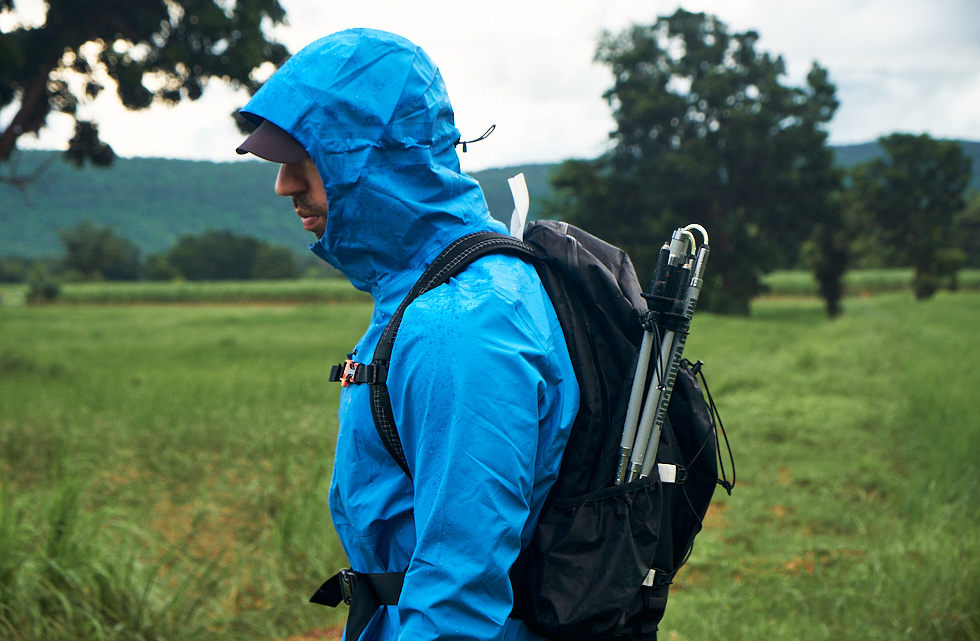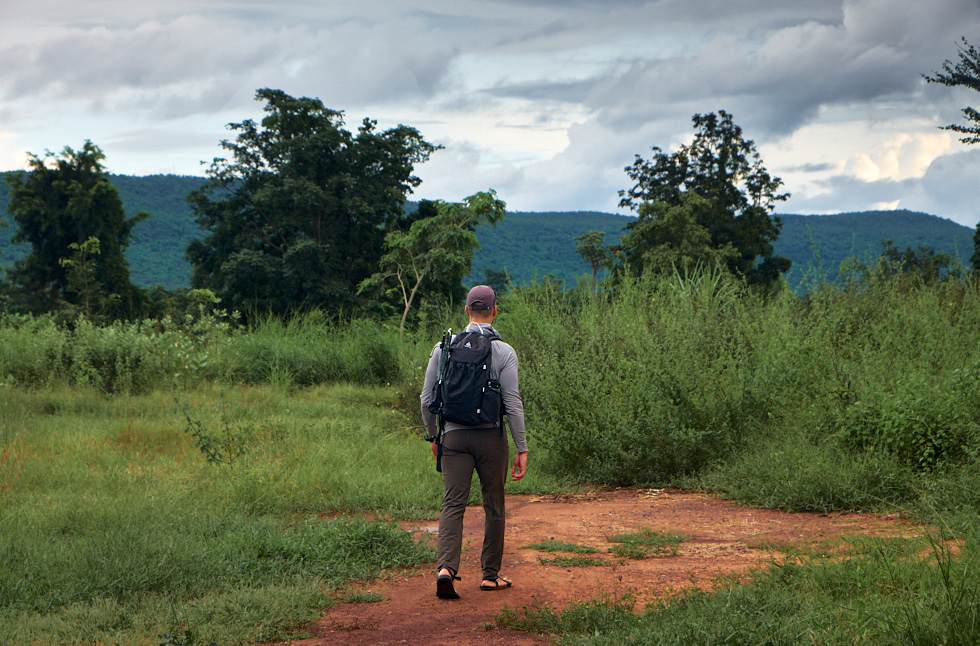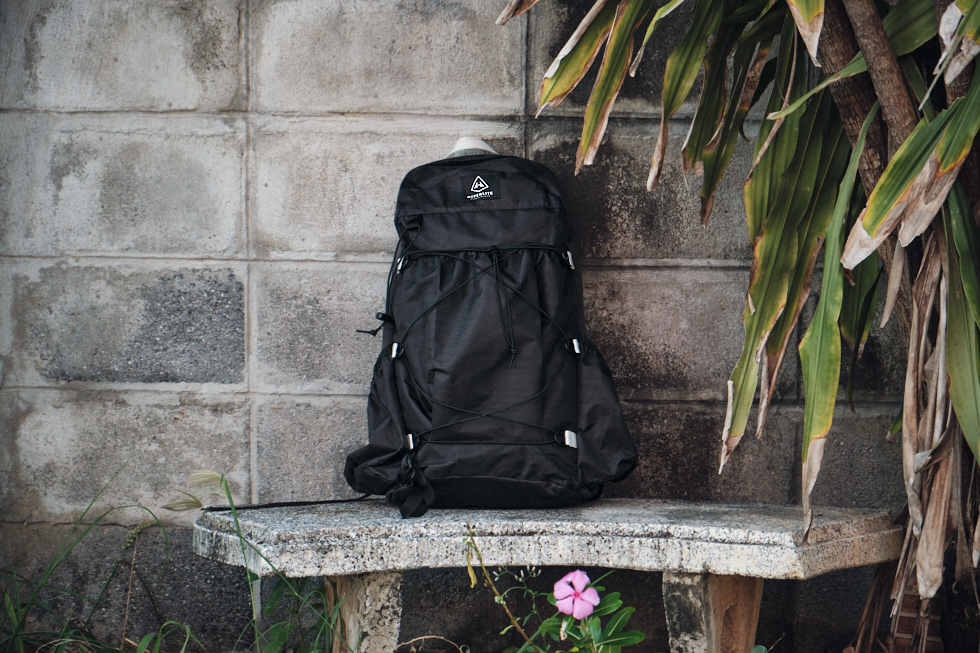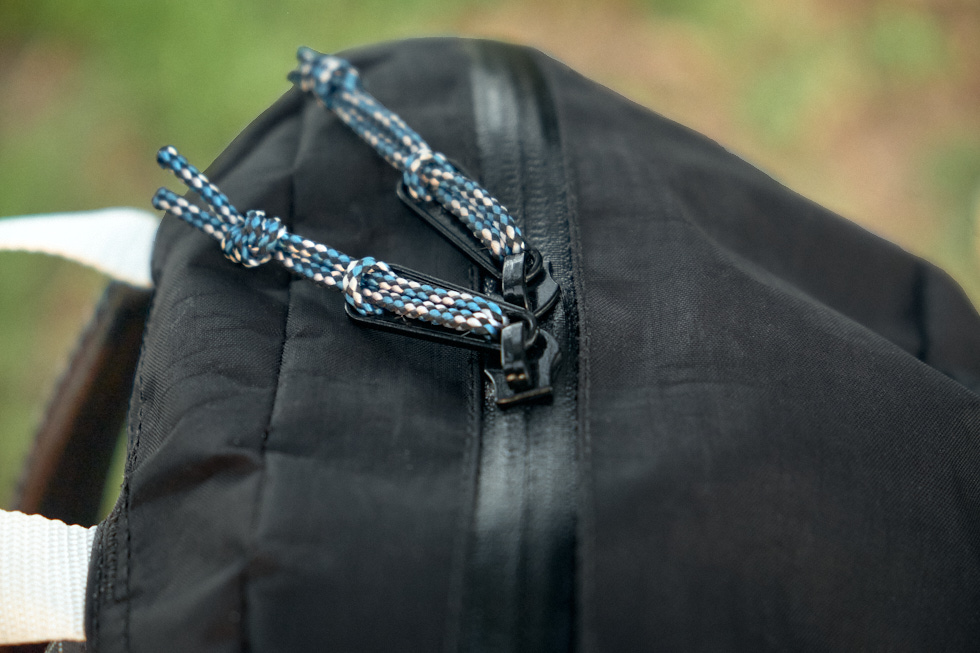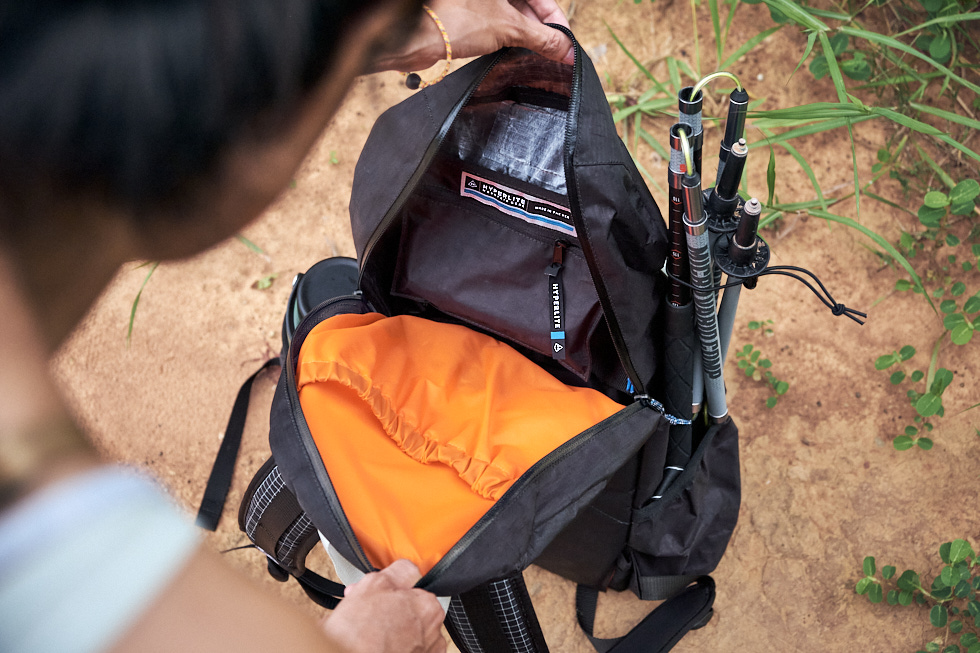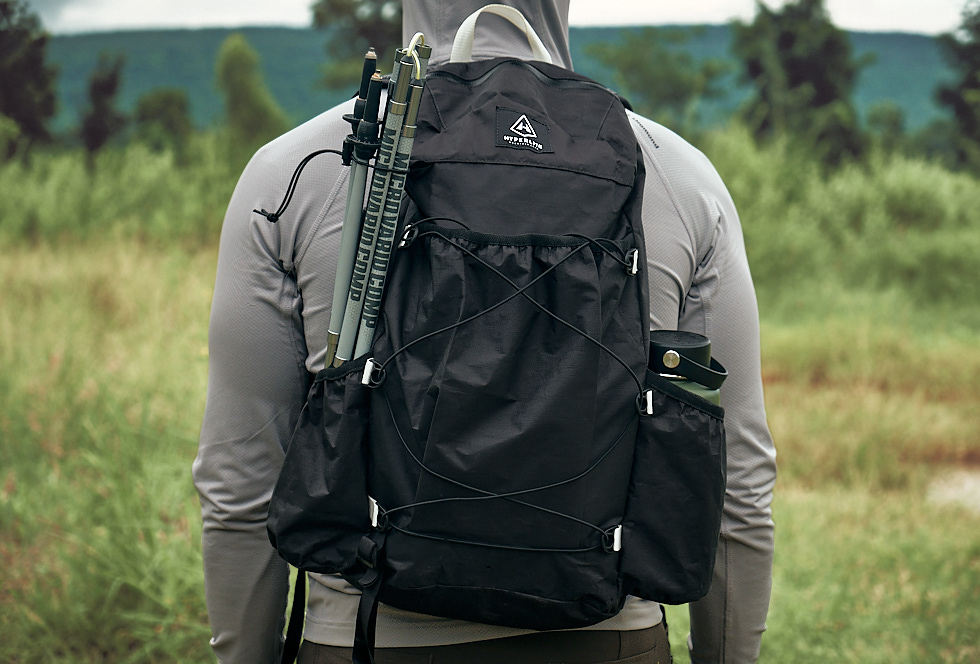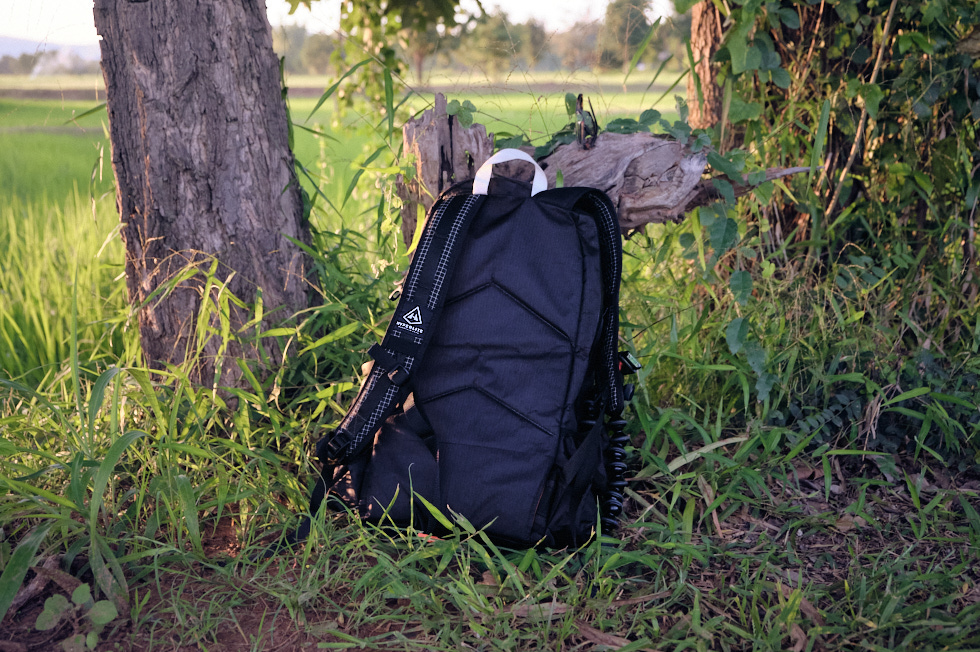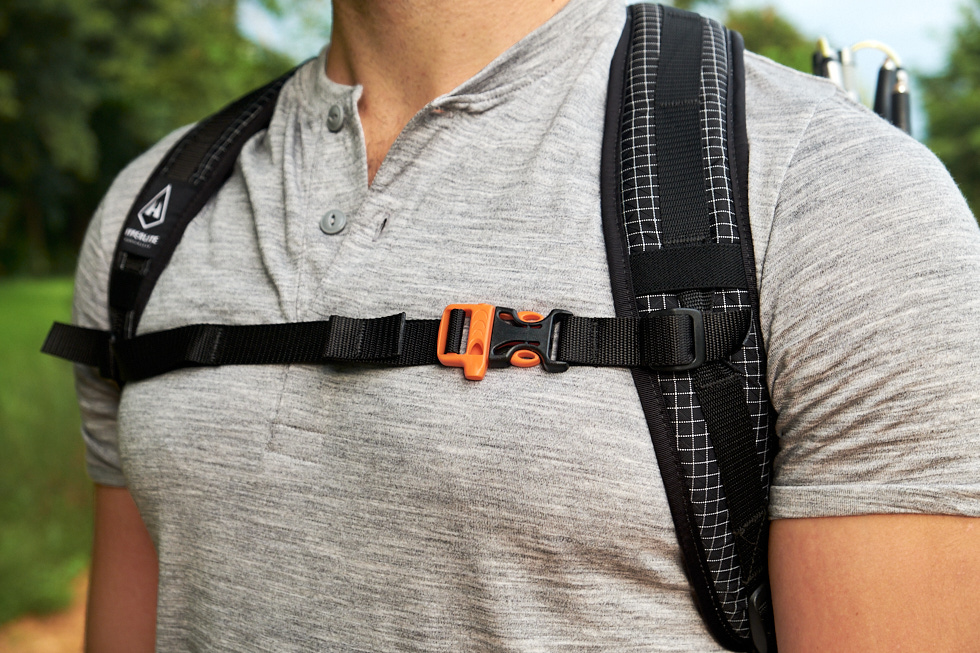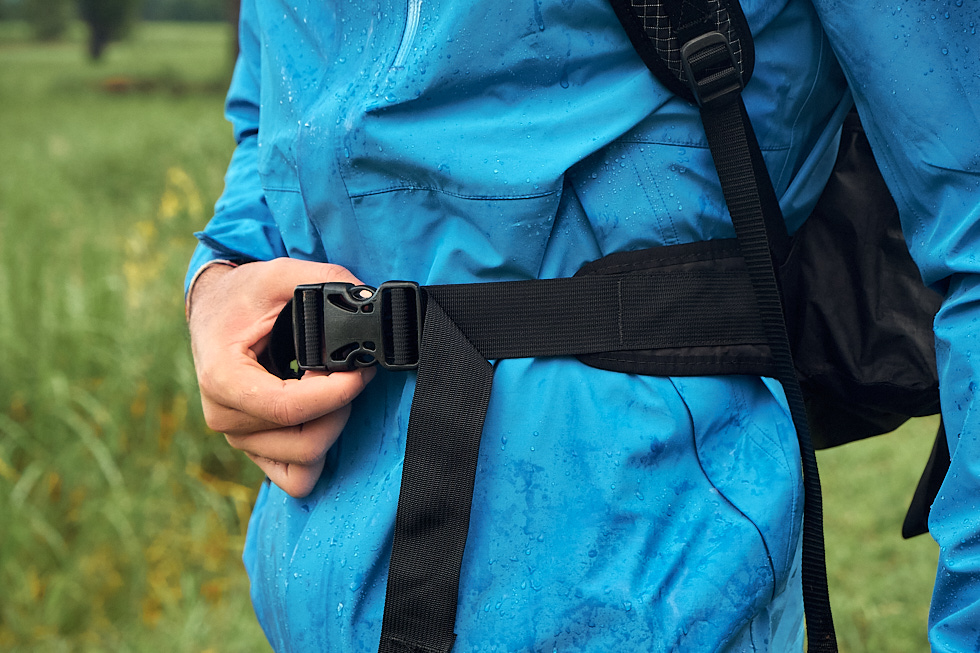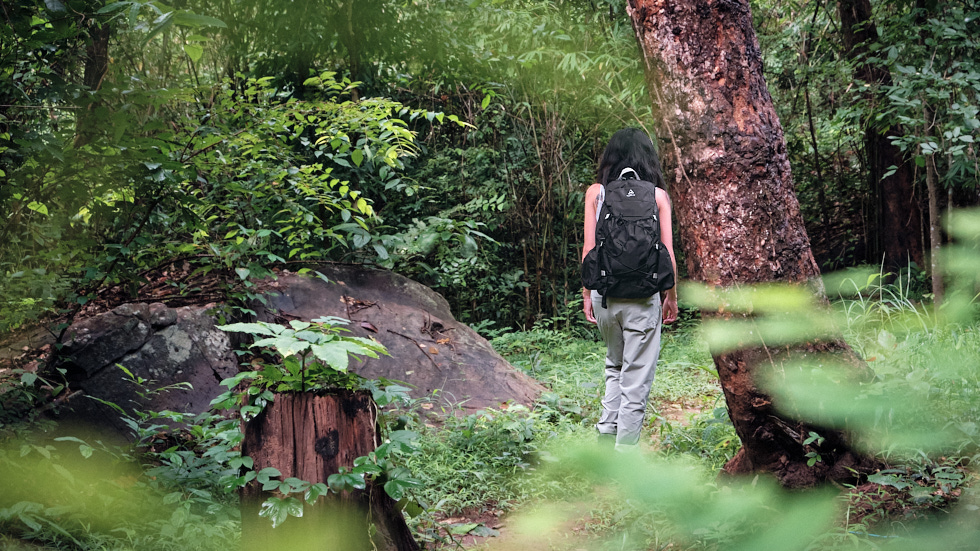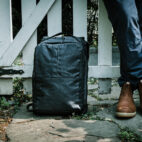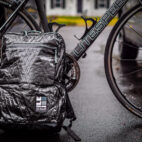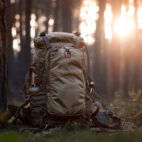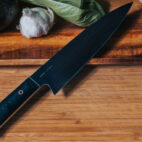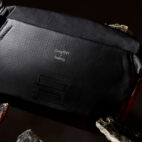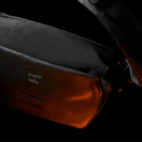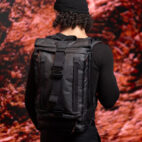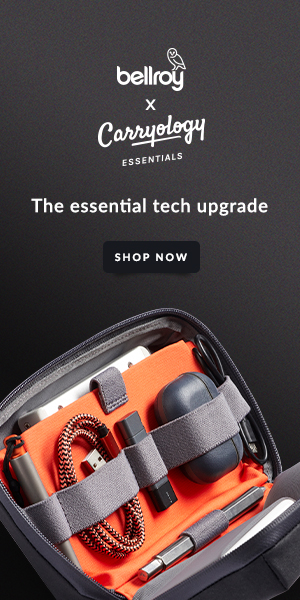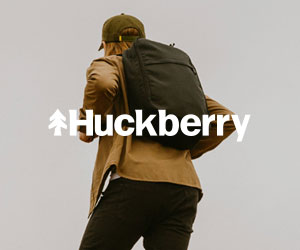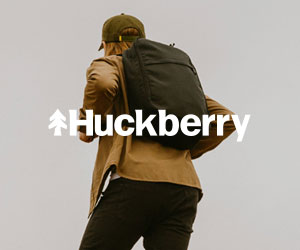
Backpacks
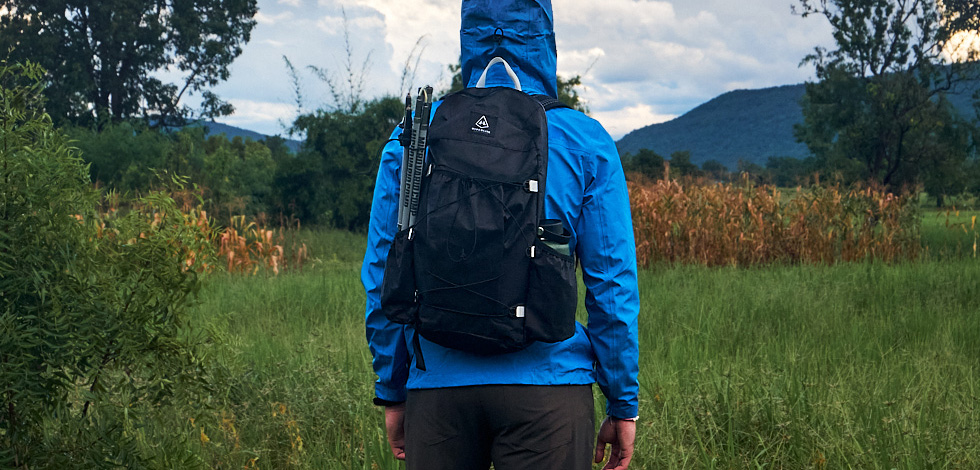
The Hyperlite Mountain Gear Daybreak is a crossover for outdoor and urban carry. See if it fits your needs…
With the ultralight (UL) hiking community growing in popularity, it’s only natural that leading UL brands branch out by producing gear that crosses over and appeals to wider audiences.
One of those leading brands is Hyperlite Mountain Gear (HMG). This Maine-based manufacturer specializes in performance-based equipment that’s both heavy-duty and ultralight. Over the past 11 years, HMG’s equipment has been trusted on demanding expeditions – from summiting Everest, to navigation of the world’s polar regions, to thru-hiking in adverse conditions.
While their expedition-style rucksacks steal the spotlight, in the shadows is the Hyperlite Mountain Gear Daybreak. A 17L crossover daypack that’s built with the same UL but tough-as-nails ethos. And after putting 120+ miles on this lesser-known pack, I feel ready to share my opinion on it.
Specifications
- Name: Daybreak
- Brand: Hyperlite Mountain Gear
- Format: Backpack
- Measurement: 11” (w) x 21” (h) x 6.5” (d)
- Capacity: 17L (1037 cu in)
- Weight: 1.27 lb / 577 g
- Zippers: YKK AquaGuard #5
- Material: DCH150
- PriceUS$210
Who It Suits
Adventure seekers who want one do-it-all daypack. From outdoor to urban exploration, the HMG Daybreak is a grab-and-go bag that serves a multitude of uses cases. Whether you’re day hiking or commuting, the Daybreak is meant to transition from the field to the office, seamlessly.
Who It Doesn’t
With its versatility comes a lack of specification. While the Daybreak is suitable for a wide range of adventures, it does make some sacrifices in order to be a jack of all trades. If you’re looking for an outdoorsy bag with tech-specific features that cater to EDC, the Daybreak isn’t ideal.
Design
The Hyperlite Mountain Gear Daybreak is utilitarian in nature. But it still offers a clean look due to its simplistic design and minimalist feature set.
Outside of the shock cords on the face of the pack, nothing about the Daybreak stands out as a hiking pack – at least compared to what you’d find at large retailers. No in-your-face bright colors or visible die-cut foam, just a streamlined black bag with a low-profile appearance.
For the most part, the Daybreak won’t stick out like a sore thumb in urban environments.
Construction-wise, the Daybreak is built with premium materials and is expertly crafted. Made of ultralight yet ultra-tough Dyneema Composite Hybrid (DCH), the bag punches above its weight class and is exceptionally durable for its featherweight status.
As for the rest of the materials, the Daybreak utilizes a mix of Duraflex and ITW hardware as well as water-resistant #5 YKK AquaGuard zippers.
By combining the waterproofness of DCH with bonded seams and AquaGuard zips, the Daybreak is virtually weatherproof. Over the past few weeks, the bag has been exposed to some of Thailand’s worst rainstorms and flooding in the past 10 years. During which, the Daybreak was capable of fending off 90 minutes’ worth of torrential downpours without my gear getting wet. During longer storms (three-plus hours), only a very small amount of water ingressed through the zippers and the seams.
Features
Given that the Daybreak is primarily a minimalist day hiking bag, there’s not much in the way of features.
On the interior of the bag, there’s a 7” x 5” floating pocket and an unpadded / suspended sleeve that can accommodate up to a 13” laptop – that’s all, folks. For individuals who use a bladder when hiking, it’s worth mentioning that the internal sleeve doesn’t come with a hang loop or pass-through slot for bladder compatibility.
Getting inside the bag and accessing your gear is a two-handed operation to unzip the ¾ clamshell opening. Since the top of the bag is relatively narrow and Dyneema doesn’t stretch, it can be pretty difficult to reach items placed at or near the bottom of the bag – when compared to bags with large and wide openings like a roll-top or a klettersack. Given that the Daybreak is only 17L, access hasn’t been much of an issue. But I highly recommend organizing it with pouches for efficiency and as a layer of redundancy for weather resistance.
On the exterior of the bag, there’s a gusseted shove-it pocket with a shock cord compression system that adds up to 6L of additional storage capacity. Most days I used this pocket as quick-access storage for two three-layer rain jackets and a small emergency kit. It definitely maxed out the usable space, but it was nice to have immediate access to our rain gear during Thailand’s unforgiving monsoon season.
On the sides, there are elasticized water bottle pockets that are capable of holding up to a 1L Nalgene bottle. For larger items like trekking poles or a camera tripod, there’s an adjustable grab loop on the left side of the bag that functions as a secure lash point.
Last but not least, there’s a removable ice axe loop on the bottom left of the bag.
Performance
For the past few weeks, both my wife and I have been using the Daybreak; I’m 6’ and she’s 5’ 3” for reference. From day hikes through Thai rainforests and rice fields to everyday carry around town, the bag has been a joy to use. And even though the frameless suspension system is unapologetically minimal, we’ve found the bag to be very comfortable as long as we were somewhat monastic in our approach to packing.
Unlike most frameless bags, the sewn-in foam in the Daybreak’s back panel is divided into three independent sections. This allows the top ⅓ of the bag to “flex” and conform to the shape of your back while the bottom ⅔ stays flat without barreling in the middle – which is fairly common with single sheet foam back panels.
Regardless of comfort, just be aware that “ventilation” isn’t the back panel’s strong suit – there’s no mesh or air channels. Just a slab of DCH that sits flush against your back with zero airflow. For us, ventilation is at the bottom of our Maslow’s hierarchy of pack needs and wasn’t an issue. But if you’re a die-hard fan of trampoline suspension systems, you might have a hard time adjusting.
As for the Daybreak’s shoulder straps, they’re the exact same as the ones on HMG’s larger expedition rucksacks. They’re slightly contoured with a J-shape, are adequately padded with a dense foam, and lined with moisture-wicking spacer mesh. While they’re not particularly beefy or wide, they’re definitely comfortable enough to support loads up to 20 lbs without any hotspots forming.
For lashing gear, the shoulder straps feature a bartacked daisy chain webbing that makes it easy to attach a Garmin inReach Mini or a PD Capture Clip. Lastly, they feature my favorite sternum strap which is partially elasticized and expands with your chest during high output movement. In my humble opinion, self-tensioning sternum straps should be a mandatory feature on all performance-focused bags as it prevents the webbing from digging into your chest.
To round out the suspension system, there’s also a stowable hip belt with (super) minimal padding. To be honest, it doesn’t do a good job transferring weight to your lumbar region as it’s not designed to. Fundamentally, the Daybreak’s hip belt is only meant to keep the pack tight on your back when scrambling or when moving fast and light on trail – that’s all.
When not in use, the hip belt can be conveniently tucked away into a “peekaboo pocket” behind the bottom portion of the back panel. While I would’ve preferred the hip belt to just be removable (it’s not necessary on a small daypack), the execution of the peekaboo pocket is a decent middle-ground solution for most people.
The Good
- When packed out, the bag is able to stand up on its own
- Very comfortable to carry as long as you put some forethought into packing
- Highly weather-resistant and durable build, while still being ultralight
- Crossover design that works well on trails or in the city
- Comes in three sizes depending on your torso length
Not So Good
- Access to the main compartment is inhibited by the narrow top opening
- #5 YKK AquaGuard zippers require some care and can’t be ripped open for convenience (like #10)
- The DCH water bottle pockets don’t sit flat when not in use
- The white grab handle gets dirty fast and needs frequent cleaning
- The DCH material is “noisy” and could be a dealbreaker for some
Verdict
Overall, the Hyperlite Mountain Gear Daybreak is a highly versatile daypack that can transition seamlessly from rugged mountain terrain to paved city streets. Performance-wise, it’s a solid all-rounder for minimalists who want a do-it-all daypack – one bag for everything.
During my use with the Daybreak, I was surprised by how comfortable it was and it’ll likely stay as my go-to daypack for the foreseeable future. While the bag is far from perfect, it’s pretty close to ideal for my needs – from hiking, to around town, and travel.
If you spend a lot of time outdoors, have your gear dialed in, and are looking for a versatile bag that’ll go with you anywhere, then the Daybreak is definitely worth your consideration.
This review was written by Alan Simoni, a semi-nomadic minimalist who enjoys slow travel off the beaten path. Check out his adventures here.





 Carry Awards
Carry Awards Insights
Insights Liking
Liking Projects
Projects Interviews
Interviews